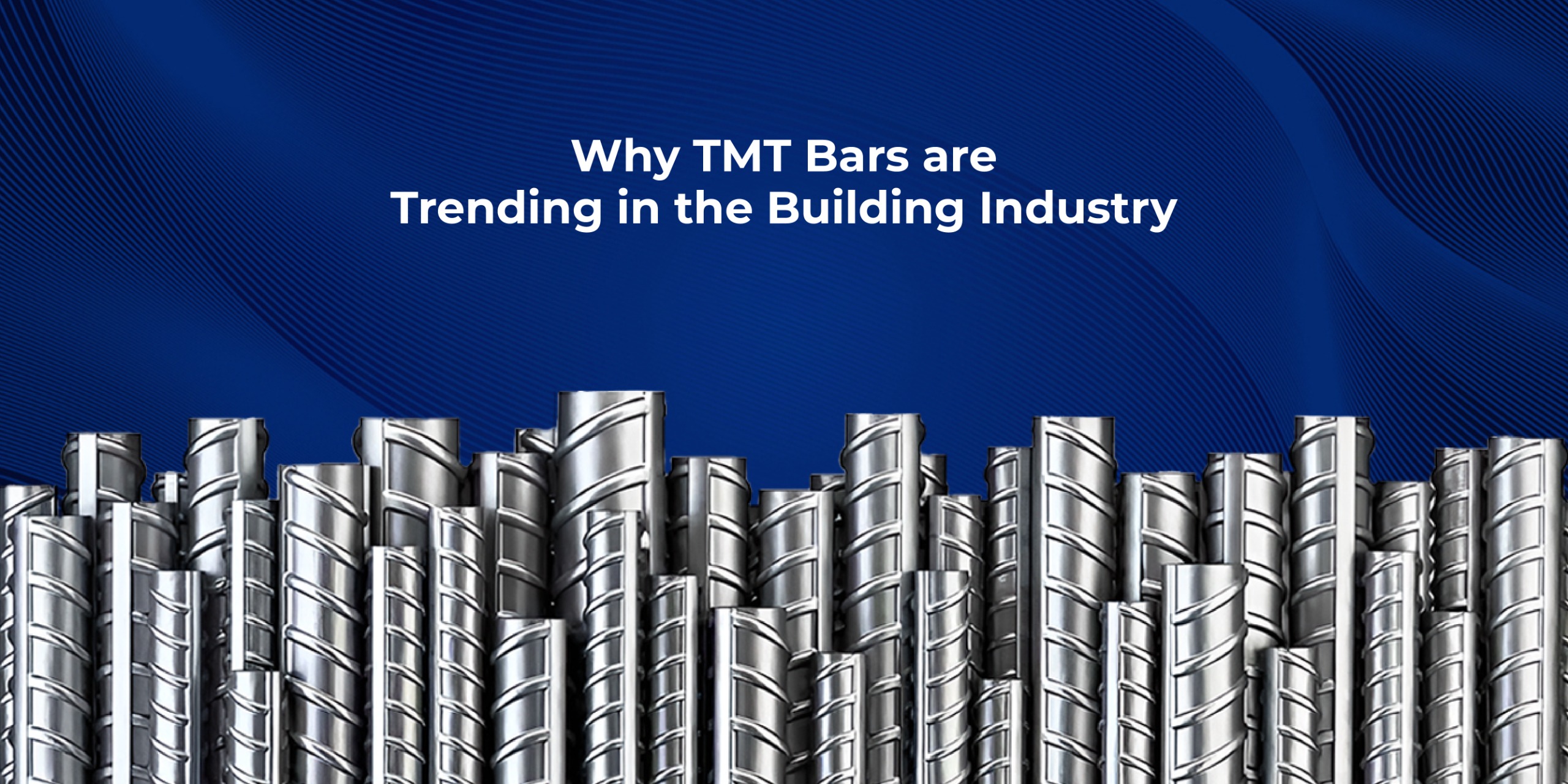
In the realm of construction, the choice of materials plays a crucial role in determining the strength, durability, and longevity of a structure. One material that has been gaining significant traction in recent years is Thermo-Mechanically Treated (TMT) bars. These bars, known for their exceptional strength and flexibility, have become the preferred choice for builders and engineers alike. So, what makes TMT bars stand out in the building industry?
TMT Bars Manufacturing Process:
The manufacturing process of TMT bars involves a series of steps that give them their unique properties. The bars are first heated to a precise temperature and then rapidly cooled using water. This process, known as quenching, causes the surface layer of the bar to harden while the core remains relatively soft. This combination of a hard outer layer and a soft inner core gives TMT bars their exceptional strength and ductility, making them ideal for use in high-rise buildings, bridges, and other critical structures.
Advantages of TMT Bars:
One of the key advantages of TMT bars is their superior resistance to corrosion. The quenching process creates a protective layer of oxide on the surface of the bars, which helps prevent rusting and deterioration, even in harsh environmental conditions. This makes TMT bars particularly suitable for use in coastal areas and regions with high humidity levels.
Another important feature of TMT bars is their excellent weldability and bendability. This allows builders and engineers to easily fabricate and shape the bars on-site, enabling them to create complex and innovative structures with ease. Additionally, TMT bars offer high fatigue resistance, ensuring that they maintain their structural integrity even under repeated loading and unloading conditions.
Added Advantages:
Furthermore, TMT bars are environmentally friendly, as they are made from recycled steel and require less energy to produce compared to other types of reinforcement bars. This makes them a sustainable choice for builders and developers looking to reduce their carbon footprint.
Conclusion
The growing popularity of TMT bars in the building industry can be attributed to their exceptional strength, durability, and flexibility. As the demand for stronger, more sustainable building materials continues to grow, TMT bars are expected to remain at the forefront of modern construction, driving innovation and reshaping the skylines of cities around the world. Kalinga TMT Bars, a popular choice in the construction industry.
FAQs
1. What are the key advantages of Fe 550 TMT bars?
Fe 550 TMT bars offer high strength with a minimum yield strength of 550 MPa, excellent ductility for deformation without fracturing, and corrosion resistance due to a protective layer on the surface. These advantages make Fe 550 TMT bars ideal for constructing durable and resilient structures that can withstand heavy loads and seismic forces while ensuring longevity even in corrosive environments.
2. Can Fe 550 TMT bars be used for all construction projects?
Fe 550 TMT bars are not necessarily suitable for all construction projects. They are ideal for projects that require high strength and durability, such as high-rise buildings, bridges, dams, and industrial structures. These bars are particularly well-suited for seismic zones where structures need to withstand earthquakes and absorb energy. However, for smaller residential or low-rise projects with lower load-bearing requirements, other grades of TMT bars with lower strength may be more cost-effective options.
